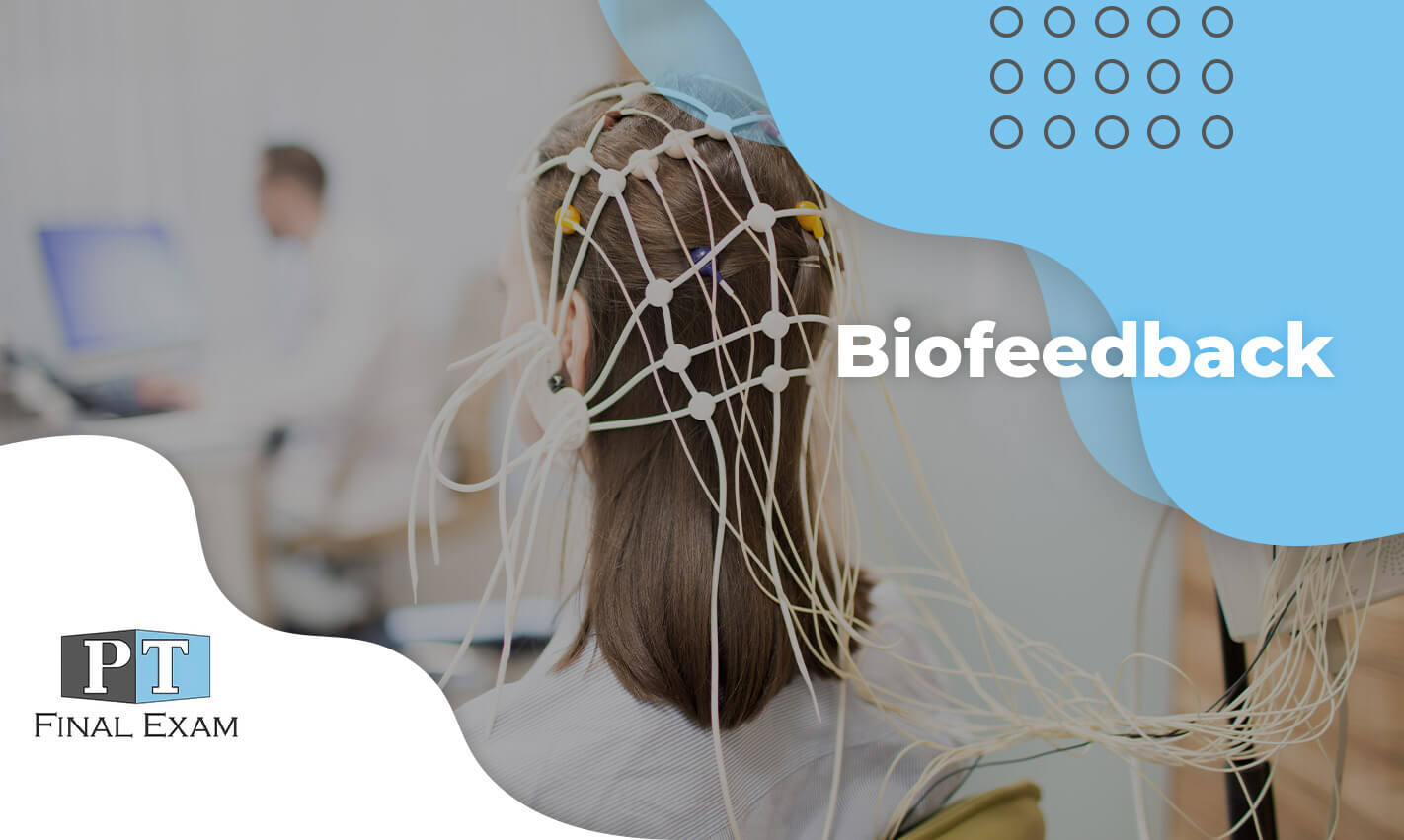Revealing the Connection Among qEEG and Sleep Disorder Patterns for Enhanced Assessment and Treatment
Revealing the Connection Among qEEG and Sleep Disorder Patterns for Enhanced Assessment and Treatment
Blog Article
Slumber apnea is a common sleep disorder that impacts many people around the world. It occurs when a individual's respiration is interrupted during sleep, resulting to subpar sleep quality and multiple medical issues. One of the ways researchers and physicians are endeavoring to better understand and identify sleep apnea is through a technique called quantitative electroencephalography, or qEEG. This approach assesses the electrical function of the cerebrum and can provide valuable insights into how sleep apnea impacts cerebral function and overall well-being.
qEEG entails placing small electrodes on the head to record brain waves. These cerebral oscillations are then analyzed to identify patterns that may suggest sleep conditions, including sleep apnea. By analyzing these patterns, healthcare providers can obtain a more precise picture of how sleep apnea disrupts normal cerebral function during slumber. This information can be crucial for developing effective therapeutic strategies customized to individual patients. Comprehending the connection between qEEG and sleep apnea can lead to improved identification techniques and superior results for those affected by this condition.
Research has shown that people with sleep apnea often display specific alterations in their brain wave patterns. For example, during episodes of apnea, the cerebrum may exhibit heightened activity in certain areas while other areas news become more engaged. These alterations can influence how effectively a individual sleeps and how rested they perceive upon awakening. By using qEEG to monitor these brain oscillation trends, physicians can recognize particular traits of sleep apnea in clients, which can help in making a more accurate diagnosis. This is especially important because sleep apnea can sometimes be mistaken for alternative sleep disorders, leading to inappropriate therapies.
In furthermore to improving diagnosis, qEEG can also play a role in evaluating the effectiveness of treatments for sleep apnea. For instance, after a patient begins using a constant beneficial airway force (CPAP) device, which assists maintain the passage clear during slumber, qEEG can be utilized to evaluate changes in brain activity. If the brain shows improved patterns of sleep after initiating treatment, it may suggest that the treatment is functioning effectively. This feedback can help doctors make necessary adjustments to treatment plans, ensuring that patients receive the best care possible.
Overall, the connection between qEEG and sleep apnea patterns is an promising area of study that offers potential for improving identification and therapy. By comprehending how sleep apnea impacts cerebral activity, medical professionals can develop more effective strategies to help patients achieve better sleep and improve their general well-being. As studies continues to evolve, it is likely that qEEG will turn into an integral instrument in the battle against sleep apnea, resulting to better outcomes for those who suffer from this challenging condition.